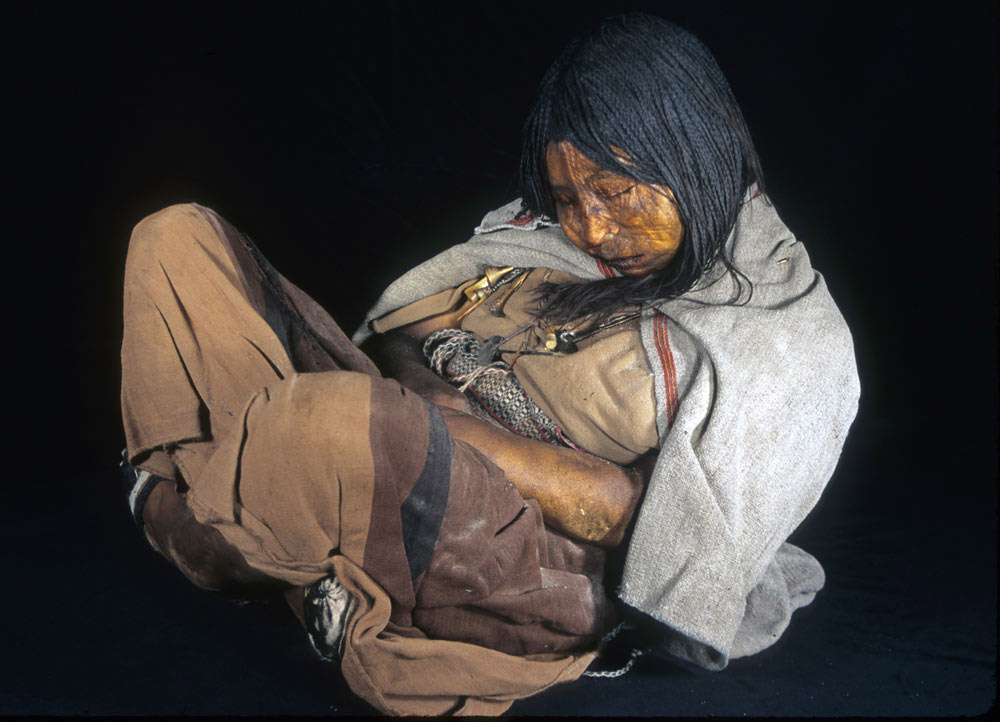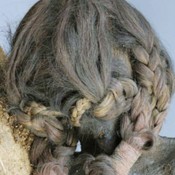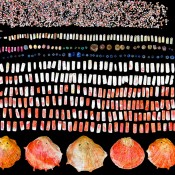Three Incan children who were sacrificed 500 years ago were regularly given drugs and alcohol in their final months to make them more compliant in the ritual that ultimately killed them, new research suggests.
The frozen mummies of the three children, were discovered in 1999, entombed within a shrine near the 22,100-foot (6,739 meters) summit of the Argentinian volcano Llullaillaco.
Hair samples from the mummies revealed that all three children consistently consumed coca leaves (from which cocaine is derived) and alcoholic beverages, the oldest child -the famed “Maiden,”-having ingested markedly more of the substances. Coca was a highly controlled substance during the height of the Inca Empire, when the children were sacrificed.
The evidence, combined with other archaeological and radiological data, suggests that the Maiden was treated very differently from the other two children, Llullaillaco Boy and Lightning Girl (so named by researchers because the mummy appears to have been struck by lightning). After being selected for the deadly rite, the Maiden likely underwent a type of status change, becoming an important figure to the empire; the other two children may have served as her attendants.
Hair analyses
“(The Maiden) became somebody other than who she was before,” said study lead author Andrew Wilson, an archaeologist at the University of Bradford in the U.K. “Her sacrifice was seen as an honor.”
To learn about the final moments of a mummy’s life, scientists will sometimes turn to hair samples, which provide a record of what substances were circulating in the blood when new hair cells formed. And because hair grows at a relatively constant rate, it can provide a kind of timeline of what a person has consumed (the length of the timeline depends on the length of hair available).
In a 2007 study, Wilson and his colleagues analyzed the child mummies’ hair to understand how their diets changed over time. They found that the children came from a peasant background, as their diet consisted mainly of common vegetables, potatoes in particular. But in the year leading up to their deaths, they ate “elite” food, including maize and dried llama meat, and appeared to have been fattened up in preparation for the sacrifice.
Additionally, the 13-year-old Maiden consumed more of the elite food than the Llullaillaco Boy and Lightning Girl, who were both 4 to 5 years old, Wilson noted. (The three children were previously believed to be about two years older than these estimates, but a new analysis of CT scans suggests otherwise.)
In the new study, the scientists analyzed the mummies’ hair for cocaine (a major alkaloid of coca leaves) and its metabolite benzoylecgonine, as well as cocaethylene, which forms when both cocaine and ethanol are present in the blood. The scientists created a timeline of coca and alcohol consumption for the children — due to respective hair lengths, the chronology for the younger children only went back to about nine months before their deaths, whereas the Maiden’s timeline spanned about 21 months before death.




